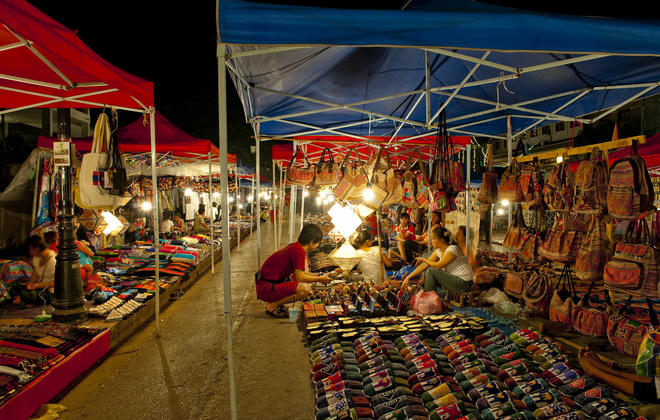Wedged between a number of larger neighbouring countries, Laos is often overlooked in favour of tourism giants such as Thailand and Vietnam. But these travellers are missing out on an extraordinarily scenic and culturally rich destination. Laos boasts a reputation as the least visited, least Westernised, and most untouched of all Indochinese nations. Only time will tell how long this will last, but while it does, visitors who choose to explore this nation’s remote areas will be richly rewarded. Laos’ primary drawcard is undoubtedly the mighty Mekong River which traverses the length of the country and is considered the second most biodiverse river in the world. In the north, the landscape is characterised by little-explored jungle-clad mountainous areas where visitors can witness the intriguing cultures of the various hill tribes that populate this region. Travellers on the hunt for cultural interest should head for the bustling capital of Vientiane, with its innumerable temples and Buddhist monuments. It is this variety of exotic wildlife, remote wilderness and remarkable cultural treasures that make Laos a truly unique and unforgettable holiday destination.
Flanking the Chinese border in Laos’ far north, Luang Nam Tha Province is a landscape of emerald rice paddies, misty mountains and some of the country’s most pristine wilderness. Its crown jewel is the Nam Ha National Protected Area, a vast expanse of rainforest alive with rare wildlife and over 300 bird species. More than 20 ethnic groups call this province home, creating a vibrant cultural mosaic reflected in village life, artisan traditions and local cuisine. The provincial capital, Luang Nam Tha city, serves as the perfect launch point for exploring the region, offering easy access to trekking routes, mountain-biking trails, river kayaking and immersive community-based experiences. It’s a place where natural beauty, adventure and culture come together in one truly captivating corner of Laos.
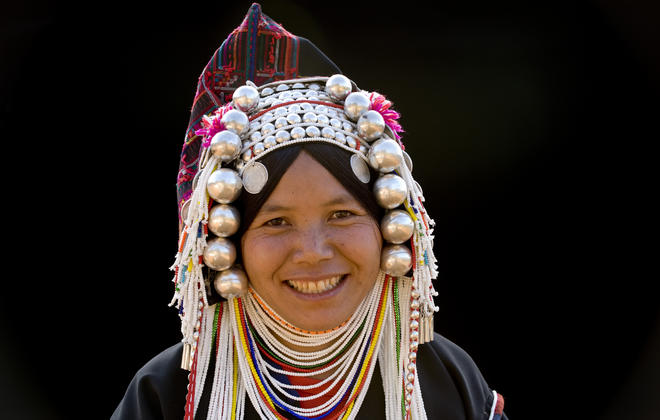



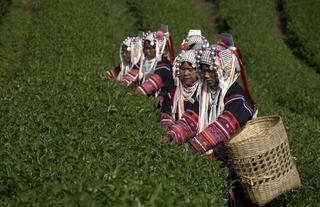
Ban Houayxay—also spelled Huay Xai or Houeisay—rests on Laos’ northeastern border with Thailand and is often treated as a simple transit stop, though it offers much more to those who pause and explore. Highlights include the lively Muang Keo Morning Market in Ban Muang Keo, where stalls overflow with fresh produce, local delicacies and handmade goods, as well as the atmospheric French-colonial ruins of Fort Carnot. Nature enthusiasts can venture into the nearby Bokeo Nature Reserve via The Gibbon Experience, an immersive conservation project allowing visitors to traverse forest canopy walkways and spot wildlife. For a deeper cultural connection, Daauw Village provides opportunities to engage with traditional Lao life through community-run programmes, with all contributions supporting local development. Ban Houayxay rewards curious travellers with authentic culture, history and nature in equal measure.
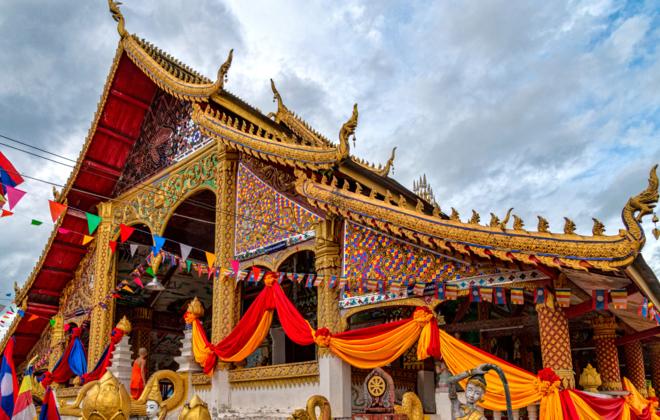
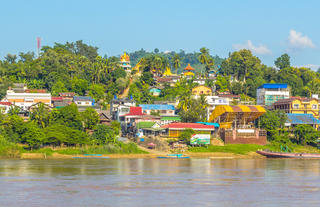
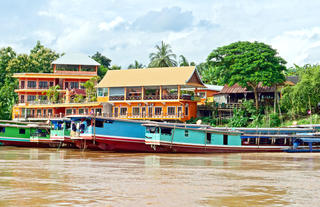
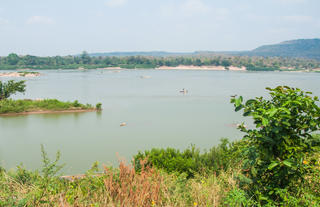
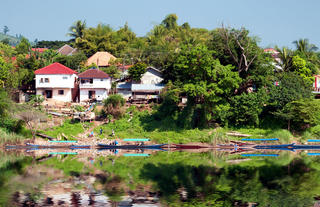
The small but charming village of Pakbeng sits at the midpoint between Huay Xai and Luang Prabang, where the Nam Beng River meets the Mekong, making it the quintessential stopover for travellers taking the scenic slow-boat journey through northern Laos. Quiet and unhurried, the village offers a handful of simple pleasures: a local market for basic supplies and a glimpse of daily life, a few modest temples, and a main street lined with thatch-roofed shops selling handmade trinkets and eateries serving traditional Lao dishes. Nearby, an elephant camp provides opportunities for respectful, close-up encounters with these gentle Asian giants. With its riverside setting and laid-back charm, Pakbeng offers a delightful pause between Mekong journeys.


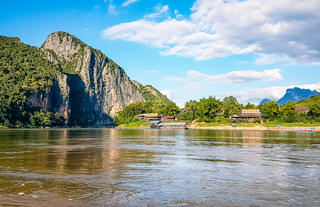
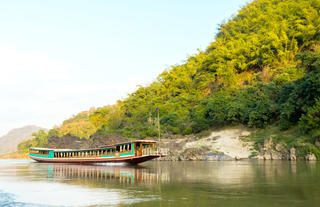
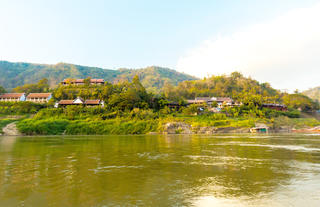
A charming town with elegant historical architecture and a distinctly French flavour, Luang Prabang in northern Laos is filled with interesting museums, bustling markets and traditional shops. 33 Buddhist temples dot the city.; the Haw Kham Royal Palace Museum and Wat Xieng Thong temple give travellers some background on and history of the Laotian people. Beyond the city, breathtaking nature and ancient sites await. Those who visit the Pak Ou Caves can see hundreds of Buddha statues accumulated there through the ages. The 180-foot Kuang Si Waterfalls, an hour’s drive out of the city, is one of the region’s natural highlights, with its layer upon cascading layer of turquoise pools and torrents.
